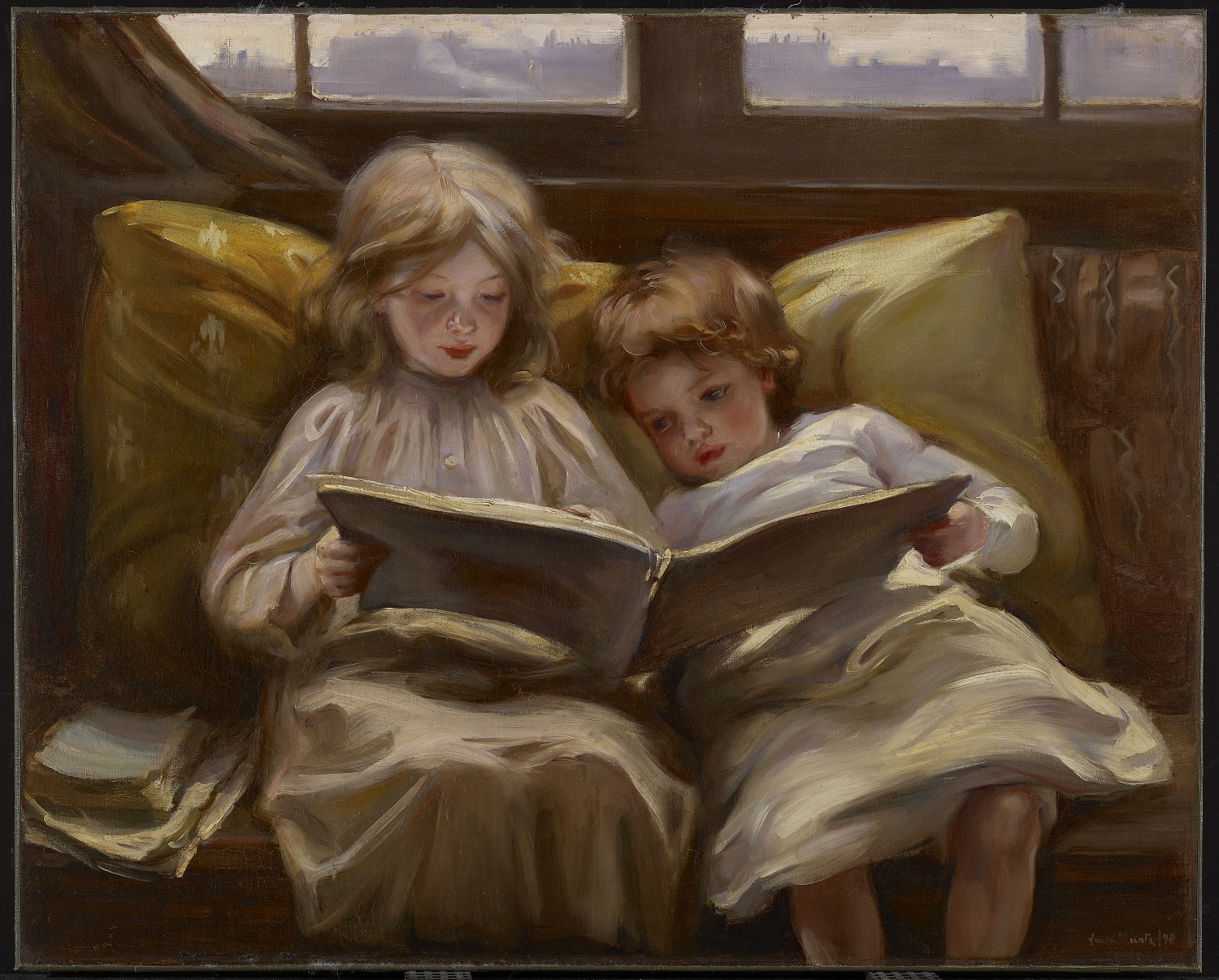Jorge Hernandez Lopez
Professor Kylee Pastore
Composition for WCGI Literature FIQWS 10105 HA4
18 October 2022
Gendering Cinderella
The Cinderella fairytale has been part of children’s upbringing for centuries. Since then, Fairytales with a similar synopsis have developed. Since then, the Cinderella plot has been a role model for generations particularly girls. The Perrault, Brothers Grimm and Disney versions have set the norm in the tale´s values: a social structure with well-defined gender roles. Often setting the standard for children to identify with their presumptive roles and proclaim how the child must act. Contemporary versions contradict this narrative and push for an open-minded view where characters break these gender norms. To this day the traditional tellings of Cinderella are still the most popular and have predetermined the children’s gender roles, either male or female, making the children grow up with the task of fulfilling the strict criteria of each gender.
In the United States today like in other communities around the world there is a culture of telling fairytales to children. Both in school and at home, these stories are so deep-rooted in our lives that they become a common ground for all. In “The Production of Meaning through Peer Interaction: Children and Walt Disney’s Cinderella”a study was done on the impact Cinderella has on children regarding gender and the role it plays in their life. Lori Baker-Sperry identifies a common theme in children about the fairytale, that it is a “girls´ book” (717). The reason why Cinderella was chosen for the study was because it has a very clear division of roles for both genders. On one side the women are the focal point of the story. All the main acting characters are female, protagonists, and antagonists. In contrast the male characters are represented in secondary roles without much action. Both male and female characters fulfill gender role expectations, with female characters placing much attention to physical appearance and beauty, aspiration of marriage and typical domestic work, while men hold positions of power, like the king or the prince (718). Even as Cinderella is a girl’s story, it still emphasizes the power men have over women. Cinderella’s freedom is only acquirable by the marriage to a man, in this case the prince (719).
The observations from the study show that two big groups emerged in the classroom: girls and boys. Girls quickly identified with Cinderella; they characterized her as too beautiful, that not all girls could pretend to be her. All the girls loved the idea of securing prince charming. These are examples of femininity. The boys applauded the girls´ identification with Cinderella. Boys often found themselves against the idea of the protagonist being female. They did find identification with the prince, but because of his lack of action, as a defense mechanism boys began to ridicule the fairytale. They would find security in teaming up as a group, A group that reflected their masculinity, as if what mattered to them most was “fear of disapproval from the other boys in the group” (724). Clear examples of normative gender roles were found “The boys and girls produced and affirmed meanings consistent with their gender, and actively worked to ensure these processes” (726).
In “Interpretation of Gender in Disney’s Cinderella” films are “social activators” (Chandran and Shivan 376). Films depict what is expected of children, their role in society, often setting too high a standard to live up to. These roles are often gendered, and they reinstate repeatedly the same role which is then normalized in the children´s mind. One of the most notorious expectations set from Cinderella is the beauty standard of women. Women must have certain characteristics, like blonde hair, thin waist, small feet. Not a realistic goal for the general population much less for grade school aged girls or younger. The movie reinforces the trope that women are supposed to be feminine and should not demonstrate acts of masculinity. Throughout the film the stepsisters’ acts are corrected by the mother. Often delineating the difference in acts of a righteous feminine woman from the ones not worthy of a husband, with masculine tendencies. Following on this is the idea that women need a man to free them, like Cinderella needs to be freed by the prince. As if she was uncapable of bringing happiness or freedom to herself. This helps reinforce the stereotype that “women are passive and depend on their virtues and physical qualities to advance in life” (378). Almost emotionless, Cinderella’s actions are not congruent. This is the influence films have on children. Nonetheless, as time has gone by, media has progressed with it. As culture pushes forward with different ideologies, so do the tales we tell, and the ones children hear.
Not all versions of a fairytale have the same morals. As Eliza Claudia Filimon argues, traditional versions of Cinderella demonstrate the feminine gender roles a woman is supposed to take on (132). A woman is thought of as good according to these standards when she is passive, silent, obedient, and patient. After her silence and obedience, she is rewarded with gifts and ultimately the prince. This is criticized in “Cinderella’s Ashes: New Women, Old Fairytales”, identified as a construct of ideals built in a patriarchal world (133). But there is a juxtaposing view in newer versions of the tale. Feminist authors portray a different understanding of the tale, “Instead of being chosen by the prince, Cinderella chooses not to be the wife of the prince and she gives up the chance of being wealthy”, these versions are letting go off the traditional societal customs and giving the perspective of the mind of Cinderella herself (133). Feminist retellings show an active Cinderella, that learns through her lack of activity that she should change and that she is not always going to reincarnate as a beautiful damsel.
In the three sources cited, it was found that the traditional versions of Cinderella portray gender roles and constructs fitting of the times in which the versions were written. To recapitulate, in Elize Claudia Filimon´s work, the normative gender roles from the older tellings which are collectively known as stemming from the patriarchal order, are contrasted with newer feminist retellings that let Cinderella take action. In the “Interpretation of Gender in Disney’s Cinderella” what we get after the similar foundation is the dissection of the Disney movie Cinderella (1950). It goes off on the representation and validation of Cinderella in the tale. It concludes stating that future fairytales will better represent the changing traditions of our world, as if setting the stage for Filimon´s work. The initial study of “The Production of Meaning through Peer Interaction: Children and Walt Disney’s Cinderella” works with the traditional versions of Cinderella and demonstrates the effects that it has on children, shining light how kids quickly join a group with which they identify and know they are expected to fulfill certain requirements within it, even though internally they might not agree completely with the narrative of the group: these usually being gendered roles. The kids uniformly abide. Baker-Sperry´s study tries to bring conscience to what society is teaching the younger generations with the content we use to entertain as well as to teach at such early developmental stages of their lives.
Gender roles are reinforced in Cinderella. It’s a fact that the traditional versions depict such expectations for both genders. The female gender as weak, beautiful, and obedient while the masculine gender as dominant, resourceful, and deserving. Feminist versions tell a different story, a different perspective on what it means to be part of either gender more closely related to the current state of today. Whether in modern retellings or in the traditional versions, the tale has been tied to gender. It could be because such an iconic fairytale is a “girls’ story” in a predominantly patriarchal society. Cinderella, like other classical fairytales has taken part in forming a damaging social construct that can easily go unnoticed and is often portrayed to the youth as the ideals to be. For the better of society, the modern adaptations of Cinderella with a more forward thinking, less cookie cutter vision of our roles in society can help shape a more inclusive and accepting world.
Works Cited:
Baker-Sperry, Lori. “The Production of Meaning through Peer Interaction : Children and Walt Disney’s Cinderella.” Sex Roles, vol. 56, no. 11-12, 2007, pp. 717–27, https://doi.org/10.1007/s11199-007-9236-y
Chandran, Cibina, and Cheryl-Ann Gerardine Shivan. “Interpretation of Gender in Disney’s Cinderella.” Literary Endeavour, Vol. X, no. 2, 2019, pp.376-79, https://journalseeker.researchbib.com/view/issn/0976-299X
Filimon, Eliza Claudia. “Cinderella’s Ashes – New Women, Old Fairytales.” Romanian Journal of English Studies, vol. 9, no. 1, 2012, pp. 131–37,
https://doi.org/10.2478/v10319-012-0014-y
Cinderella. Directed by Wilfred Jackson, Hamilton Luske and Clyde Geronimi, Walt Disney,
1950.




